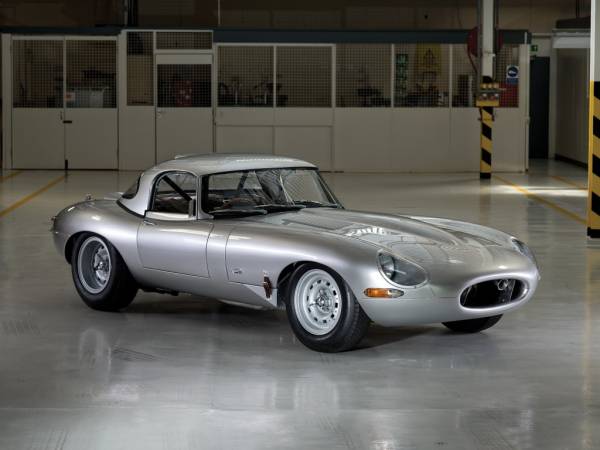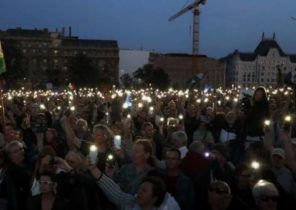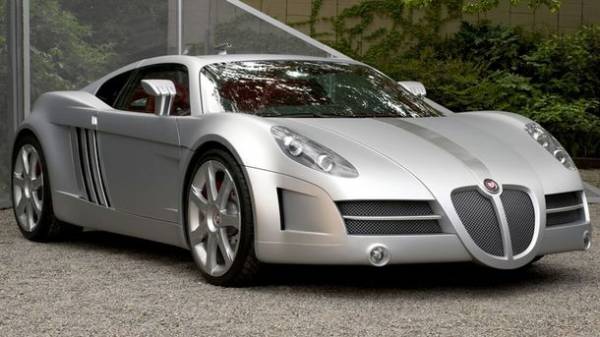
Jaguar was founded in 1922 as the Swallow Sidecar was doing in those days the production of motorcycle sidecars. Later she began to build bodies to foreign chassis, and later — and complete cars under the name of SS. But after the war due to bad associations name was changed to SS Jaguar – writes “Popular Mechanics”.
Jaguar FT Coupe (1966). In 1966, the Italian importer “Jaguars”, Ferruccio Tarchini ordered from kuzovnogo Studio Bertone two exclusive coupe based on the chassis serial Jaguar S-Type. He proposed to establish small-scale production of these “Jaguars” in Italy and to sell including overseas. The car featured at the Geneva motor show, but the plans remained plans. One instance is still the property of the family Tartini (by the way, FT the name is his initials), and the second was recently sold at the Bonhams auction for a relatively modest sum of €88,550.
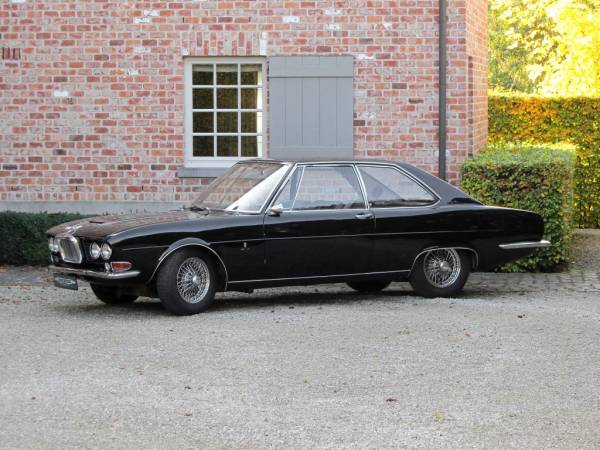
Jaguar XJ13 (1966). Jaguar has always performed very well in endurance racing, in particular, won the “24 hours of Le Mans” 7 times in 1951, 1953, 1955, 1956, 1957, 1988 and 1990. XJ13 was a prototype developed for Le Mans in the mid 1960s, and built it the same Malcolm Sayer, who have developed a champion’s C-type and D-type. Machine in a single instance produced a workshop of Bob Blake, and felt outstanding pilots David Hobbs and Richard Attwood. But in 1966 his first Le Mans was won by a Ford GT40 — and then the second, third and fourth. After the second victory of “Ford” it was clear that XJ13 against him has no chance and it did not even release the track. Today, the car survived a serious accident in 1971 and restored, on display at the British Motor Museum.

Jaguar Pirana (1967). Concept car, developed on the basis of the E-Type order-Weekend Telegraph publisher John Anstey bodywork Studio Bertone. The car was shown on the Bertone stand at the London motor show in 1967, but the Jaguar was not adopted and eventually turned into a… Lamborghini Espada. Bertone did not hesitate to sell to different companies the same design.
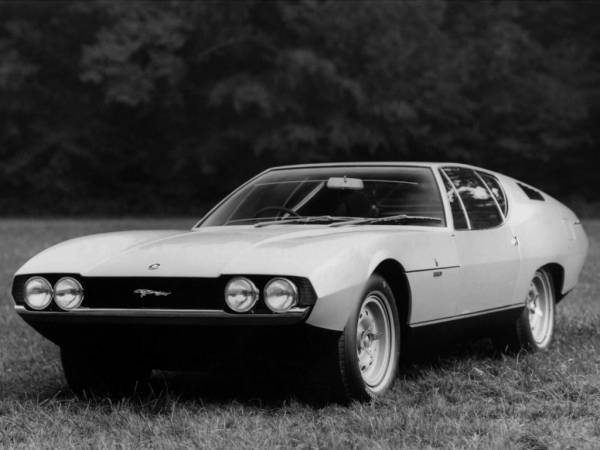
Jaguar Ascot (1977). Despite previous failures with a conservative British Studio Bertone did not give up and submitted in the mid-1970s, another fantasy on the theme of “Jaguar”. Car based on the Jaguar XJ-S was developed in the framework of the competition for the design of the new model of the company — the competition was also attended Pininfarina and Italdesign. Ascot also has not received the approval of the company.
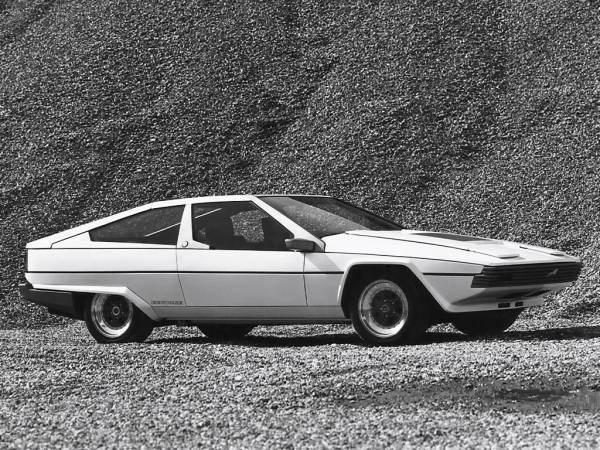
Jaguar XJ Spider (1979). And this is an attempt Pininfarina. Designer Emanuele Nicosia has developed this machine as a revival of the legendary E-type, Shine, for 30 years before that. The machine was too “American” and unlike the E-type not carrying the revolutionary hell — and so it remains nothing more than a prototype.
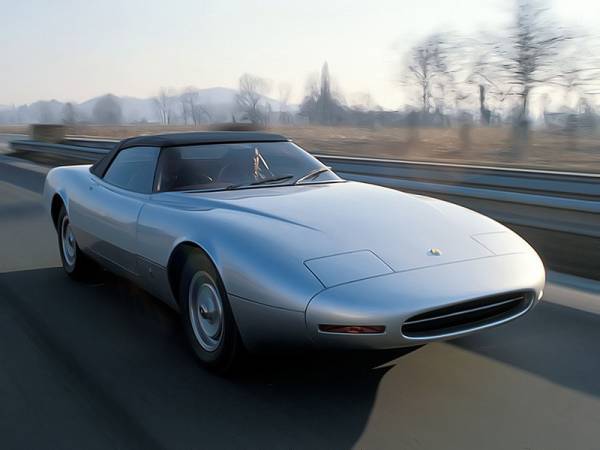
Jaguar Kensington (1990). This strikingly banal “Jaguar” was developed by Studio Italdesign in an effort to upgrade the luxury range of the British manufacturer. Team Giugiaro car introduced in Geneva, but turned out to be overdone with the fit of the prototype to reality. Turned and not a concept car of the future, and not pre-production car, but something in between. “Kensington” has remained only part of the story, although some of the design solutions applied in it found a place in a serial line.

Jaguar XF10 (2003). A concept car developed by Spanish Studio Fuore and too much like Bugatti. Supercar was fast — 640 horsepower engine clocked it to 100 km/h in 3.8 seconds, but borrowing the design has allowed it to become the basis for the production model.
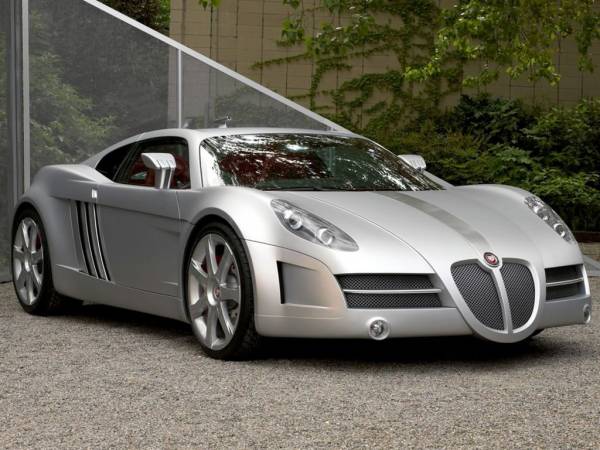
Jaguar C-X75 (2010). Sports hybrid with electric motor-wheels, total capacity equivalent to 778 HP the Car was supposed to get into the series limited series of 250 copies, but in 2012 it was announced that the project collapsed because of the economic crisis. But the only instance of the built suddenly lit up in the movie “007: Range” where it went to Mr. Hincks, the chief henchman of the villain Ernst Stavro of Blofeld.
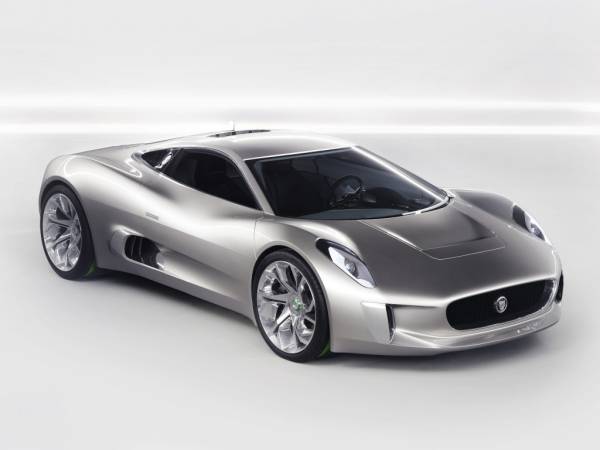
Jaguar B99 (2011).But Bertone does not give up everything. Once again nobody asked Italian Studio to develop a concept for a replacement serial Jaguar X-Type and Jaguar did not accept their idea — although here the machine worked by British employees Michael Robinson and Adrian Griffiths. B99 in the first place catches the eye for its aggressive grille. In the name of a concept encrypted “Bertone — 99 years”.
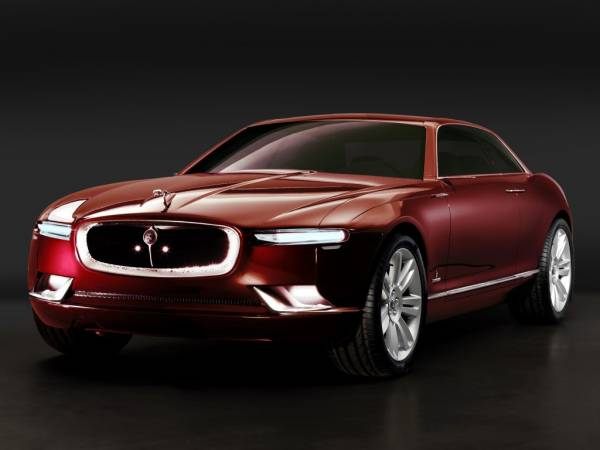
Jaguar Lightweight E-Type (2014). In fact, the model Lightweight E-Type appeared in 1963 and was a lightweight version of the classic E-Type of 1961. The plan was to build 18 copies, but did in those years, only 12 cars started in the different races and several different body styles, customized for a specific task. In 2014, it was announced that Jaguar “will finish” 6 other machines with exactly the same specs of what was in the original series. This was done, and all the cars were przekazane collectors on the first day after the announcement.
